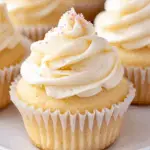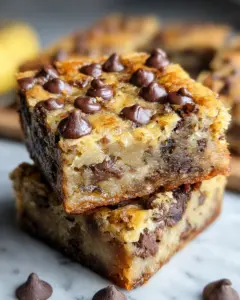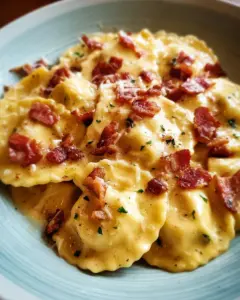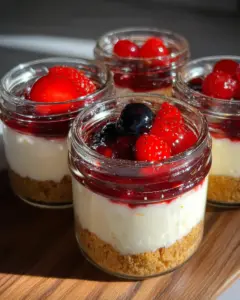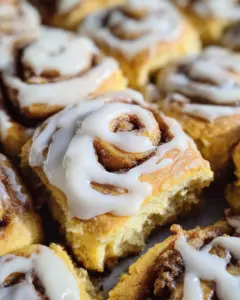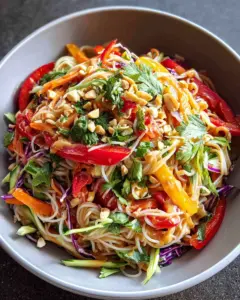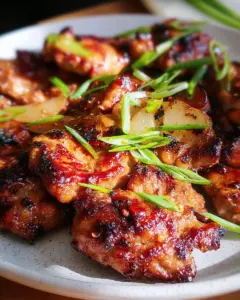Vanilla cupcakes are a timeless dessert loved for their simplicity and delightful flavor. These light, fluffy treats feature a tender crumb and a rich buttery taste, topped with smooth vanilla frosting. Perfect for birthdays, parties, or an everyday indulgence, homemade vanilla cupcakes bring joy with every bite. What makes them special is their versatility—they can be dressed up with sprinkles, food coloring, or elegant piping for any occasion. Whether you’re a beginner or an experienced baker, this easy recipe ensures bakery-quality results with minimal effort.
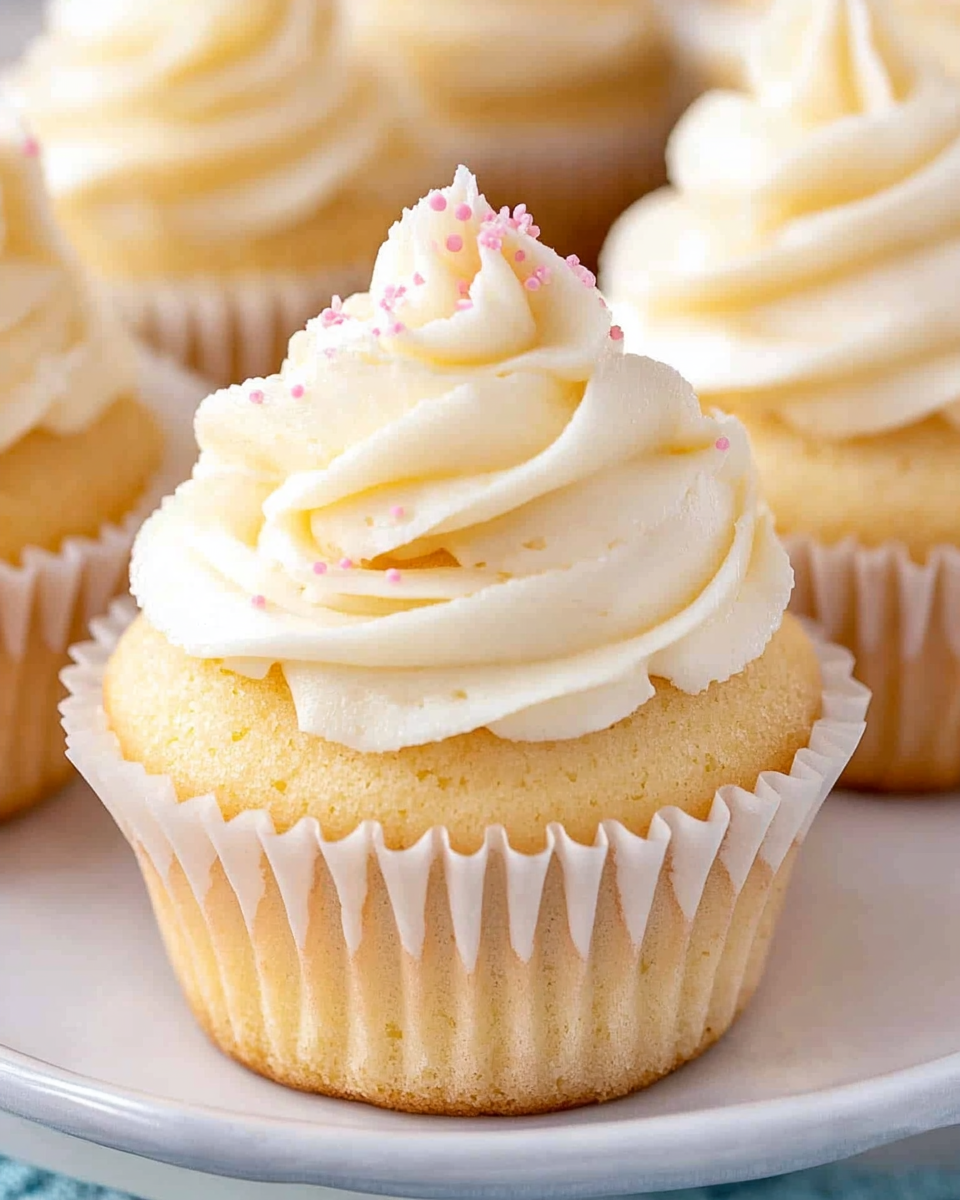
Preparation Phase & Tools to Use
Before starting, organizing your workspace and gathering the right tools will make the baking process smoother. Proper preparation prevents mistakes and ensures consistent results.
Essential Tools and Equipment
- Stand mixer or hand mixer – A stand mixer makes creaming butter and sugar effortless, but a hand mixer works just as well. The key is achieving a light, fluffy texture.
- Muffin tray – A standard 12-cup muffin tray ensures even baking. Non-stick or greased trays work best if not using liners.
- Cupcake liners – These prevent sticking and add a decorative touch. Foil or parchment liners provide better structure than thin paper ones.
- Wire cooling rack – Cooling cupcakes properly prevents condensation, which can make them soggy.
- Piping bag and tips – For professional-looking frosting, a piping bag with a star or round tip gives a polished finish.
- Sifter – Sifting dry ingredients removes lumps and ensures a smooth batter.
- Measuring cups and spoons – Precision is crucial in baking; using proper measuring tools guarantees consistency.
Importance of Each Tool
Using a stand mixer ensures proper aeration when creaming butter and sugar, which is essential for a light texture. A muffin tray helps cupcakes bake evenly, while liners keep them intact and easy to remove. A cooling rack allows air circulation, preventing moisture buildup. A piping bag elevates presentation, making cupcakes look store-bought.
Preparation Tips
- Room-temperature ingredients – Cold butter or eggs can lead to a dense texture. Take them out at least 30 minutes before baking.
- Preheat the oven – An accurate temperature ensures even baking from the start.
- Measure flour correctly – Spoon flour into a measuring cup and level it off—packing flour leads to dry cupcakes.
- Avoid overmixing – Stir just until ingredients combine to prevent a tough crumb.
Ingredients for Vanilla Cupcakes
For the Cupcakes
- 6 tablespoons unsalted butter, softened – Provides richness and moisture.
- ¾ cup granulated sugar – Sweetens and helps create a tender texture.
- 1 large egg – Binds ingredients and adds structure.
- 2 teaspoons vanilla extract – Use pure vanilla for the best flavor.
- ⅔ cup whole milk – Adds moisture; substitutes like buttermilk work for a slight tang.
- 1 ¼ cups all-purpose flour – The base of the cupcake structure.
- 1 ¼ teaspoons baking powder – Ensures proper rise.
- ¼ teaspoon salt – Balances sweetness and enhances flavor.
For the Vanilla Frosting
- 1 cup unsalted butter, softened – The base for a creamy, smooth frosting.
- 3 cups powdered sugar – Sweetens and thickens the frosting.
- 1 teaspoon vanilla extract – Enhances flavor.
- 2 tablespoons heavy cream – Adjust for desired consistency.
Step-by-Step Directions
- Preheat oven to 375°F (190°C) and line a muffin tray with cupcake liners.
- In a stand mixer, beat butter and sugar on medium speed until light and fluffy (about 3 minutes).
- Add the egg, vanilla extract, and milk, mixing until fully combined.
- In a separate bowl, sift together flour, baking powder, and salt.
- Gradually add the dry ingredients to the wet mixture, mixing on low speed until just combined.
- Fill each liner ⅔ full to prevent overflow.
- Bake for 18–20 minutes, or until a toothpick inserted comes out clean.
- Let cupcakes cool in the pan for 5 minutes, then transfer to a wire rack to cool completely before frosting.
Frosting Instructions
- In a stand mixer, beat softened butter on low speed until creamy.
- Gradually add powdered sugar, mixing well after each addition.
- Increase speed to medium-high and beat for 1 minute until fluffy.
- Add vanilla extract and heavy cream, then beat again until smooth and spreadable.
- Transfer frosting to a piping bag and decorate cooled cupcakes.
Vanilla cupcakes serve as a versatile dessert that pairs beautifully with various accompaniments. Their neutral flavor profile makes them an ideal canvas for creative presentations and complementary flavors.
For casual gatherings, consider arranging cupcakes on a tiered stand with fresh berries like raspberries or blueberries nestled between them. The tartness of the fruit cuts through the sweetness of the frosting beautifully. For more formal occasions, drizzle cupcakes with a glossy chocolate ganache or salted caramel sauce just before serving to create an elegant finish.
Ice cream makes an exceptional pairing – serve slightly warmed cupcakes with a scoop of vanilla bean ice cream for a classic twist, or try contrasting flavors like raspberry sorbet or rich chocolate. For tea time presentations, mini cupcakes with a light dusting of powdered sugar offer a delicate option that pairs wonderfully with Earl Grey or chamomile tea.
Consider these presentation techniques:
- Sprinkle edible glitter or gold leaf for celebratory occasions
- Top with fresh flowers (food-safe varieties like pansies or violets) for garden parties
- Create themed decorations using colored sprinkles or shaped fondant toppers
- Serve with shot glasses of milk for a nostalgic touch
Common Mistakes and How to Avoid Them
Even experienced bakers can encounter issues when making vanilla cupcakes. Understanding these common pitfalls helps ensure perfect results every time.
Dense or Tough Texture
This often results from overmixing the batter, which develops too much gluten. Mix just until ingredients combine – a few small lumps are preferable. Using cold ingredients can also cause denseness, so ensure butter, eggs, and milk are at room temperature before starting.
Sunken Centers
Several factors cause sinking:
- Underbaking (test with a toothpick – it should come out clean)
- Opening the oven door too early (wait at least 15 minutes)
- Too much leavening agent (measure baking powder precisely)
- Overfilled liners (stick to ⅔ full)
Dry Cupcakes
Overbaking is the primary culprit. Set a timer for 18 minutes and check early. Using too much flour (always spoon and level measurements) or overbaking even by a few minutes can create dryness. Whole milk provides more moisture than skim alternatives.
Frosting Problems
Butcream frosting can separate or become grainy if:
- Butter is too soft (should be cool to the touch but pliable)
- Powdered sugar isn’t sifted (always sift to avoid lumps)
- Liquid is added too quickly (incorporate cream gradually)
Perfecting Your Vanilla Cupcake Technique
Achieving bakery-quality results requires attention to detail in several key areas:
Temperature Control
Ingredients at proper temperatures ensure proper emulsification. Butter should be soft enough to leave a slight indentation when pressed but not oily. Eggs and milk should be about 70°F (21°C). If needed, warm cold eggs briefly in warm water.
Proper Mixing Method
The creaming method (beating butter and sugar first) incorporates air for lift. Beat butter and sugar for a full 3-5 minutes until very pale and fluffy. When adding dry ingredients, mix just until combined – stop when you no longer see flour streaks.
Oven Management
Oven thermostats often run hot or cold. Use an oven thermometer to verify temperature. Bake in the center rack for even heat distribution. Rotate pans halfway through baking if your oven has hot spots. Avoid opening the oven door during the first 15 minutes of baking.
Frosting Consistency
The ideal frosting holds its shape but isn’t stiff. If too soft, chill briefly or add more powdered sugar. If too stiff, add cream ½ teaspoon at a time. For piping, medium consistency works best – it should hold peaks but still be smooth.
Flavor Enhancements
While classic vanilla is delicious, consider these variations:
- Add ½ teaspoon almond extract for depth
- Mix in vanilla bean paste along with extract
- Infuse milk with lavender or citrus zest
- Brush cooled cupcakes with simple syrup for extra moisture
Maintaining optimal freshness requires different approaches depending on your timeline. For short-term storage (up to 2 days), keep frosted cupcakes in an airtight container at room temperature. The frosting acts as a protective barrier against drying. Place parchment paper between layers if stacking.
Refrigeration becomes necessary for longer storage (up to 5 days), but introduces moisture challenges. Always bring refrigerated cupcakes to room temperature before serving to restore texture. For unfrosted cupcakes, wrap individually in plastic wrap before refrigerating to prevent drying.
Freezing offers the best long-term solution (up to 3 months). Follow this professional technique:
- Cool cupcakes completely
- Flash-freeze uncovered on a tray for 1 hour
- Wrap each in plastic wrap, then aluminum foil
- Place in freezer bags, removing excess air
- Thaw overnight in refrigerator before frosting
Frosting can be frozen separately in airtight containers. Buttercream may require re-whipping after thawing to restore texture. Avoid freezing cream cheese frostings as they tend to separate.
Revitalizing Day-Old Cupcakes
When cupcakes lose freshness, try these revival methods:
- Lightly brush cake tops with simple syrup (equal parts sugar and water, heated then cooled)
- Warm unfrosted cupcakes for 10 seconds in microwave to refresh texture
- Scrape off old frosting and apply fresh layer
- For dry cupcakes, serve with whipped cream or ice cream to add moisture
Comprehensive FAQ Section
Why do my cupcakes dome excessively?
Excessive doming typically results from:
- Oven temperature too high (reduce by 25°F/15°C)
- Batter overmixed (develops too much gluten)
- Overfilled liners (stick to ⅔ full)
Solution: Trim domes with a serrated knife for even stacking
How can I make cupcakes more moist without changing texture?
Professional baker tricks include:
- Adding 2 tablespoons sour cream to batter
- Replacing ¼ cup milk with buttermilk
- Using cake flour instead of all-purpose (lower protein content)
- Brushing with flavored simple syrup after baking
What’s the best way to color vanilla frosting?
For vibrant, stable colors:
- Use gel food coloring (more concentrated than liquid)
- Add color gradually with a toothpick
- Let colored frosting sit 1 hour for color to develop fully
- Avoid artificial reds which can taste bitter (use no-taste varieties)
Can I make these cupcakes without a mixer?
While possible, manual mixing requires technique:
- Cream butter and sugar vigorously for 5+ minutes
- Use a whisk for eggs and wet ingredients
- Fold dry ingredients in with a spatula
- Expect slightly denser texture but still delicious
How do I prevent frosting from melting?
Stabilize buttercream by:
- Using slightly cooler butter (65°F/18°C)
- Adding 1 tablespoon meringue powder
- Avoiding warm environments
- Chilling frosted cupcakes for 15 minutes before serving
Professional Decorating Techniques
Elevate your presentation with these methods:
Smooth Frosting Application
- Chill cupcakes for 30 minutes before frosting
- Apply thin “crumb coat” first, then chill 15 minutes
- Use a bench scraper or offset spatula dipped in hot water for final smooth layer
Piping Perfection
- Use appropriate tips: 1M for swirls, 2D for roses, 8 for dots
- Hold bag at 90° angle, ½ inch above surface
- Apply even pressure, releasing before lifting
- Practice on parchment first to perfect technique
Advanced Garnishes
- Edible gold leaf application (use tweezers and brush)
- Chocolate transfer sheets for patterned designs
- Isomalt sugar decorations (requires special handling)
- Hand-painted details with food-grade colors
Final Thoughts and Encouragement
Mastering vanilla cupcakes provides a foundation for countless baking adventures. These deceptively simple treats teach essential skills – proper creaming, precise measurement, temperature control, and decorative finishing. Each batch offers opportunities for refinement and creativity.
Remember that even professional bakers encounter occasional mishaps. A cracked top can be hidden under frosting, uneven coloring disguised with strategic garnishes. The true measure of success lies in flavor and texture – characteristics this reliable recipe delivers consistently.
As you continue baking, consider experimenting with:
- Infused sugars for unique flavor profiles
- Alternative extracts (coconut, orange, almond)
- Layered fillings (fruit preserves, chocolate ganache)
- Miniature versions for party favors
Vanilla Cupcakes
Ingredients
For the Vanilla Cupcakes:
- 6 tablespoons unsalted butter softened
- ¾ cup sugar
- 1 large egg
- 2 teaspoons vanilla extract
- ⅔ cup whole milk
- 1 ¼ cups all-purpose flour
- 1 ¼ teaspoons baking powder
- ¼ teaspoon salt
For the Vanilla Frosting:
- 1 cup unsalted butter softened
- 3 cups powdered sugar
- 1 teaspoon vanilla extract
- 2 tablespoons heavy cream
Instructions
- Preheat the oven to 375°F (190°C) and line a 12-cup muffin tray with paper liners.
- In a stand mixer, beat the butter and sugar on medium speed until light and fluffy.
- Add the egg, vanilla extract, and milk. Mix until smooth.
- In a separate bowl, sift together the flour, baking powder, and salt.
- Gradually add the dry ingredients to the wet mixture, mixing on the lowest speed until just combined.
- Fill each muffin cup about ⅔ full with the batter.
- Bake for 18–20 minutes, or until a toothpick inserted into the center comes out clean.
- Let cupcakes cool completely on a wire rack before frosting.
Make the Frosting:
- In a stand mixer on low speed, cream the softened butter.
- Gradually add the powdered sugar in ½-cup increments, mixing until fully combined.
- Increase speed to medium-high and beat for 1 minute.
- Add the vanilla extract and heavy cream. Beat for another minute until frosting is light and fluffy.
- Transfer frosting to a piping bag and frost the cooled cupcakes.
- Notes
- Store cupcakes in an airtight container at room temperature for up to 2 days or refrigerate for up to 5 days.
- Unfrosted cupcakes can be frozen for up to 3 months. Thaw completely before frosting.
- Customize your cupcakes with sprinkles, food coloring, or themed decorations.
